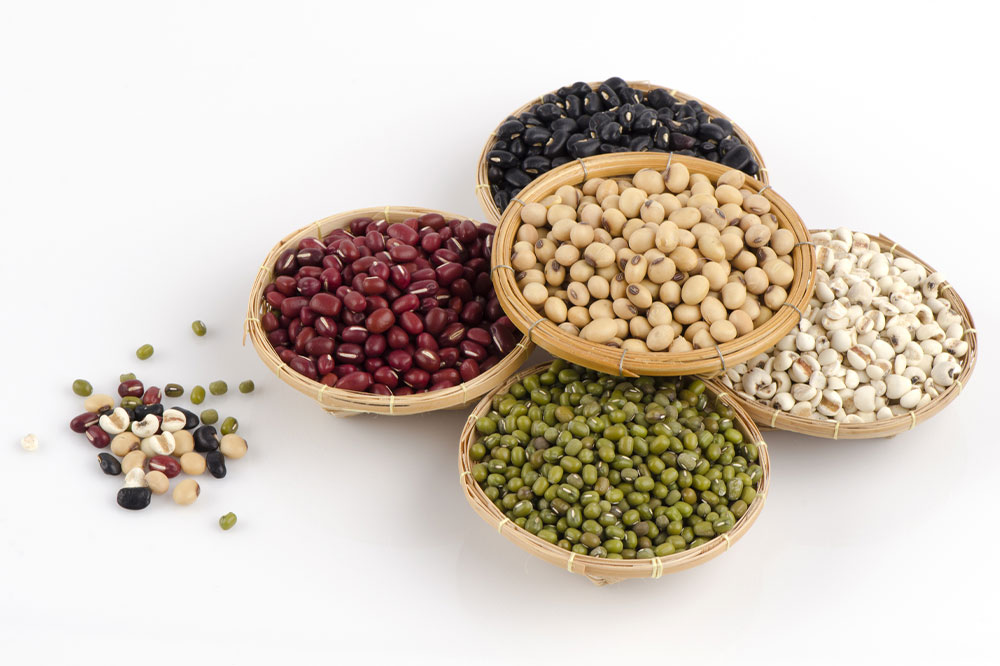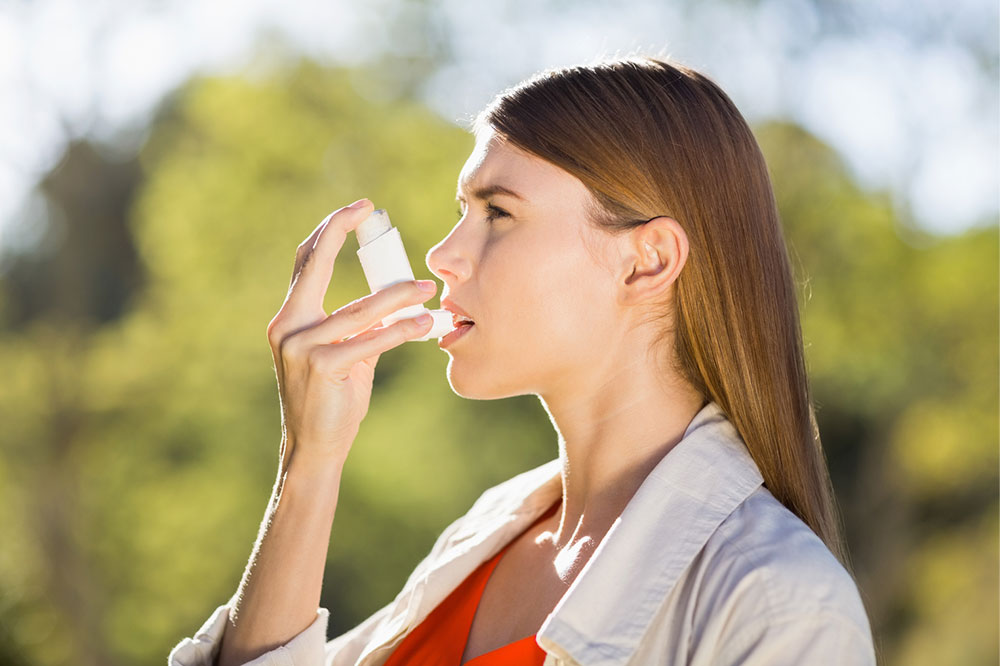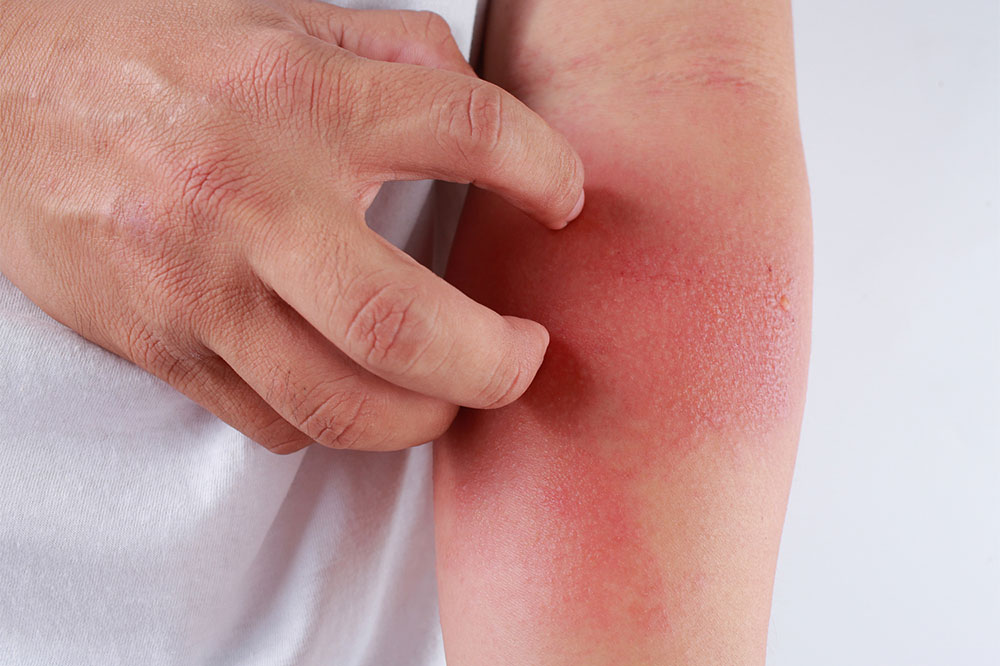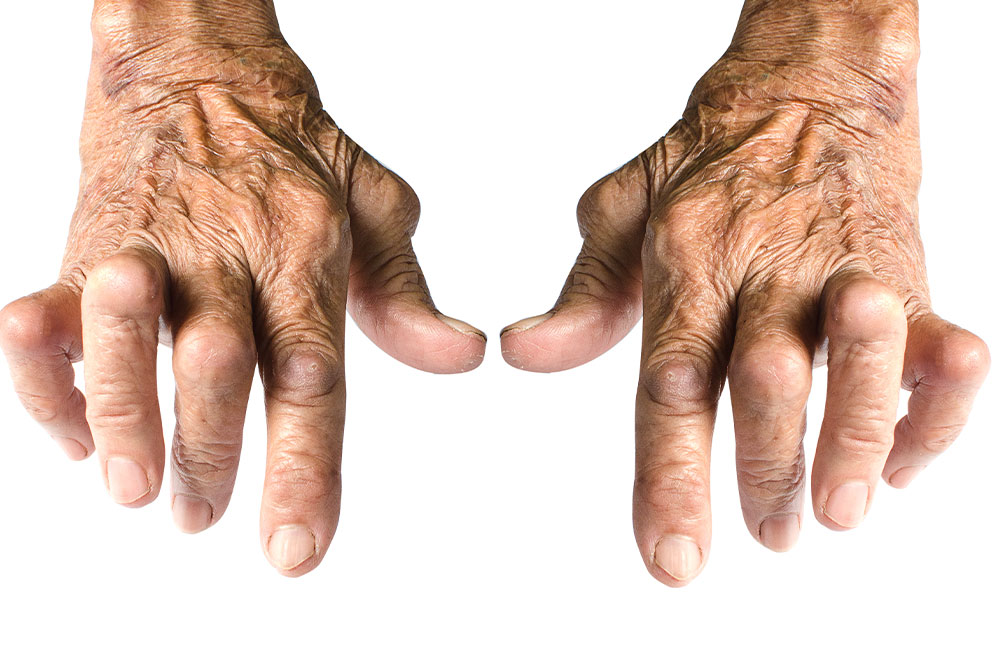5 glaring signs of developing psoriasis

Psoriasis is a common skin disorder affecting nearly 8 million adults in the country. Psoriasis affects adults between the ages of 20 and 30 or older seniors between the ages of 50 and 60. There is no cure for the condition, but it is possible to manage the symptoms with healthy nutrition, lifestyle habits, and topical remedies. But first, one must pay attention to these visible signs and narrow down their type before exploring treatment.
Skin patches and rashes
Commonly observed among people who develop plaque psoriasis, these raised patches and rashes develop with a thickness that is clearly visible on the skin. Plaques can develop anywhere on the skin but generally tend to be prevalent on the scalp, lower back, knees, and elbows. Plaques also vary in size and continue to spread around the affected area. A clear silver coating over these raised skin patches is also a clear indicator of plaque psoriasis.
Small bleeding blisters
A persistent itch is hard to resist as the symptoms continue to develop. However, scratching the patches or skin in the affected area will also cause it to blister. These puss-filled bumps that are often salmon pink in color around the area contain a clear fluid filing at the center and are commonly observed in many types of psoriasis. The skin around this area becomes sore and painful to touch, but this should not be confused with an infection.
Joint discomforts
Trouble in the major joints may also develop due to psoriatic arthritis, one of the subtypes of the skin condition that directly affects the joints. Any swelling or tenderness in the fingers, toes, or the back of the leg around the heel are silent but worrisome indicators of psoriatic arthritis. One might also experience sharp bouts of pain and stiffness in the affected area.
Damaged nails
Psoriasis is mainly classified as a skin disorder, but its symptoms may also affect the toes and fingernails of some people. Nail psoriasis, while not so common, can develop alongside plaque psoriasis. Visible symptoms here include nail pits with big dents, discoloration in different shades of white, brown, or yellow, and rough, crumbling nails. A buildup of dead skin cells below these nails can also lift these pitted, damaged nails.
Smooth raw skin
Commonly noticed with inverse psoriasis, these smooth raw patches of skin start to develop under the armpits, around the genitals, or the buttock region. These patches are quite sore to the touch and may continue to spread around the affected areas as the skin rubs against the patches.
Some unusual signs of the developing skin condition
Psoriasis may also trigger some unusual signs that could indicate a skin problem. It could be cuts and scrapes that don’t heal and continue to grow in the affected area. Or also experiencing dandruff flakes caused by the shedding skin from the scalp are also psoriasis signs to monitor. Understand that the intensity of these symptoms will vary depending on the type and severity of psoriasis. However, immediate medical attention is advisable to manage the symptoms and prevent flare-ups quickly.




